|
There are so many picks out there it can be mind boggling to choose the right pick for you. Here are a couple of things to consider.
Shape There are small picks out there that many people call Jazz or Mandolin picks, these are great for fast, precise picking. There is what has become known as a standard pick the most being the Fender F351. Most of us start off with this style of pick and can be used for just about any style. Another popular size is the oversized picks often in a Triangle shape. These are perfect for strumming chords. You should also consider the tip that strikes the string. There are both pointed and rounded tips. Rounded picks are great for strumming while the pointed tips are really good for picking individual notes. A favorite for ukulele players are the large tear drop felt picks. Thickness While there are many thicknesses available the most common are Thin, Medium and Heavy. As a general rule Thin and Medium picks are great for strumming chords while the heavier picks are great for single note lines. I have also found that most beginners prefer thin picks and as their skills progress their pick gets heavier. Remember there are no hard and fast rules. The best thing to do is grab a handful and try them out. Luckily picks are reasonably inexpensive so for just a few bucks you can try many different types. I am not tied down to just one type of pick sometimes I will use different picks for different styles or techniques. The most important thing when choosing a pick is to experiment and go with feels the best to you. Now go out there and take your pick!
3 Comments
One of my favorite things is the sound of brand new strings. Unfortunately one of my least favorite things to do is change my strings.
There are a few signs that will tell me it’s time to get those wire clippers and string winders out.
The best thing to do is to keep your strings clean and use your ears as well as keeping an eye out for the obvious signs of wear. As the saying goes, timing is everything. This is especially true when playing a musical instrument.
There are many benefits to using a metronome.
One of my favorite tricks with a metronome is to set it up so the click is on the 2 and 4 of a measure like a snare drum. This can be challenging and will really help you find the groove. I think that you will find that using a metronome is a fast way to improve your timing and feel which will really help you become a better player. Well, because if one is good two must be twice as good! Actually, we can do even better than that by stacking overdrives and distortions.
When using two distortion pedals on my pedal board I usually set up one as a low gain sound and the other as a medium gain sound. I can then combine the two for more gain. A couple of things to remember.
There really is no right or wrong way to stack Distortion or Overdrive pedal so use your imagination! |
Modtone Effects
|
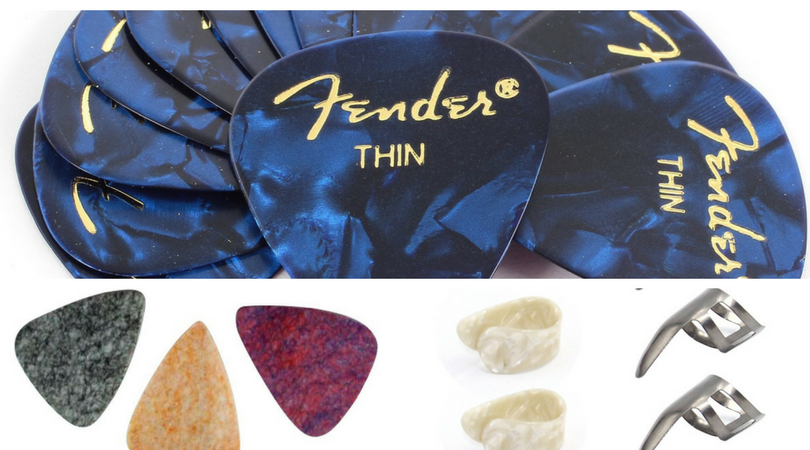

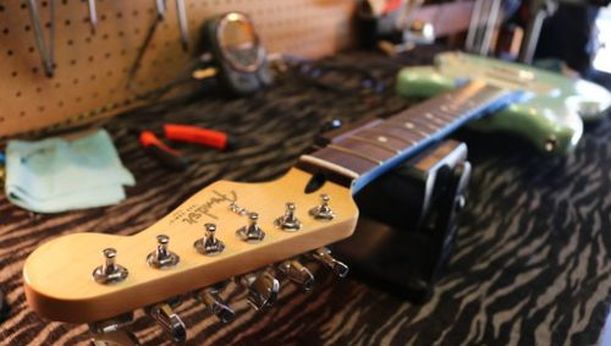
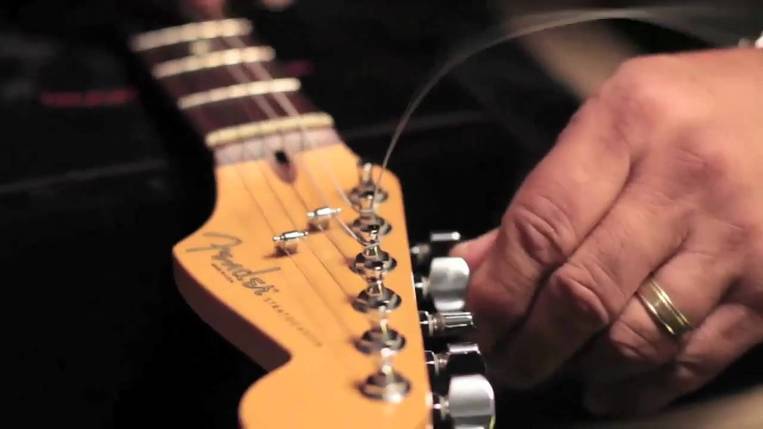
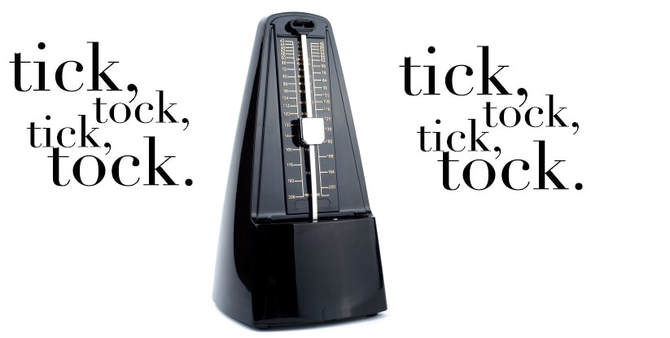

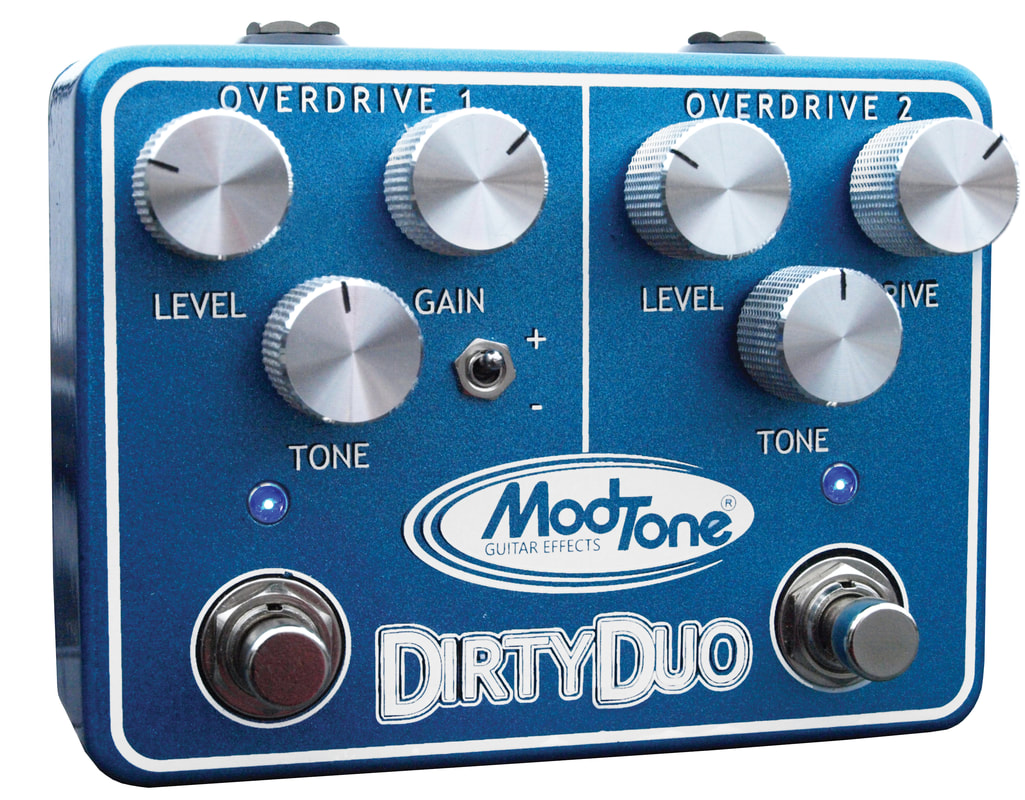
 RSS Feed
RSS Feed